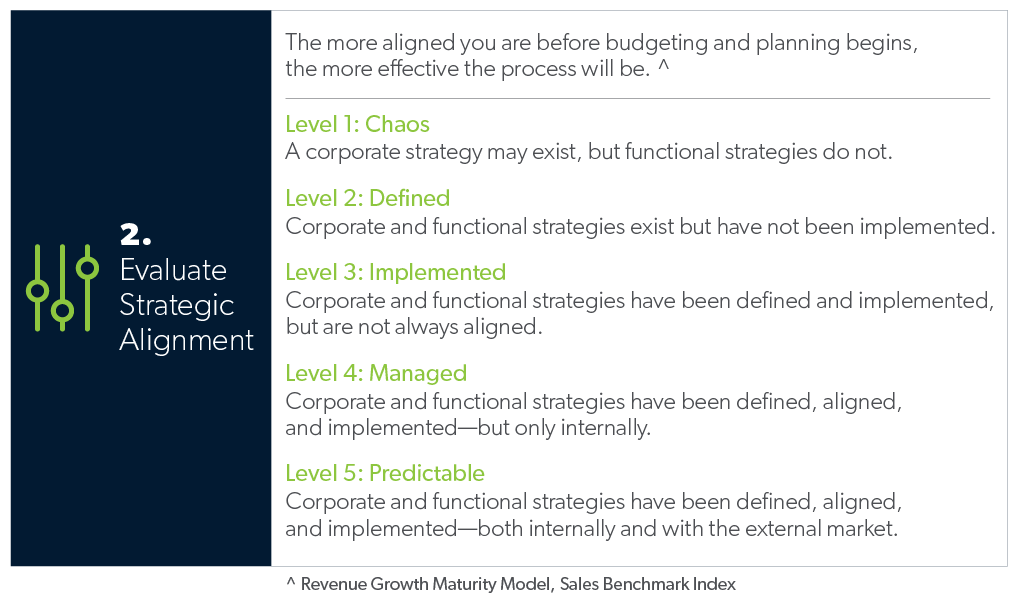2022 Planning and Budgeting for Sales Leaders
Right now, you probably are sitting at your desk at home or in your office, or maybe in a hotel room, working tirelessly. You need to get that prospect to respond, finish that presentation, return that phone call or email, and close that deal. Before you prepare for your next meeting, pause for a second, and take a look at your calendar.
September is fast approaching, and Q4 is on the horizon. Does it matter? Yes, because the annual planning and budgeting season is fast approaching. And, although achieving your revenue budgets in Q1 through Q3 is important, your most important annual revenue is your run rate at the end of Q4. This number sets a base for recurring revenue the following year, according to TechCrunch.com.
A few years ago, Jack and Suzy Welch wrote an article entitled, This is the Most Mind-Numbing Ritual in Business (But Doesn’t Have to Be). The title sums up the initial feelings—that still hold true today—of most people regarding this annual back-and-forth. The good news is that you still have time to get ahead of it this year, just not as much time as you think.
Following are four things to consider before you begin the annual planning and budgeting process with your business partners.

Let the past predict the future. Spend some time really thinking about how planning and budgeting has played out for you in the past. What worked? What didn’t? Who will play a critical role in this process? What is his or her agenda? As a sales leader, you need to understand the points of reference of other people to be effective. Have those conversations now, and then put in the work to really comprehend what a positive outcome looks like for your business partners in this process. Determine how you can collaborate to enable that positive outcome to come to fruition for them. When you do, your own chances of having a positive outcome will increase exponentially.

Evaluate alignment. If you take the time to execute Step 1, you will have a much better grasp on the alignment of your team. Getting aligned is critical to your long-term success. A good framework that quickly evaluates your level of strategic alignment is the use of Sales Benchmark Index’s Revenue Growth Maturity Model. The five levels of revenue growth maturity range from chaos to predictable. How would you rate your company, business unit, division, or team? The more aligned you can become before the annual budgeting and planning process begins, the less painful and more effective it will be. If you are at a high level of alignment, you can move on with confidence to Steps 3 and 4 to maximize benefit.

Measure what matters. Is your team pouring through hundreds of spreadsheets and page after page of information, statistics and measurements, all carefully manipulated to bolster the story or point that you are trying to make? Do you get the annual “deck” of data that you have seen the same way for the last several years? Is that data used to back into a standard growth number that comes down from corporate, but has little basis in predictable reality? This year, opt for the less-is-more approach. Start now. Get your team to agree on no more than six predictable and, if measured and acted upon correctly, impactful metrics. Assure you choose leading and lagging metrics that measure productivity and profitability. Customer acquisition cost, customer lifetime value, sales cycle length, contribution margin, average deal size, and deal velocity are several options to consider. Regardless of what you choose, focus relentlessly on a few measurements that you know have a realistic chance of predicting outcomes.

Take some chances. Is your team pouring through hundreds of spreadsheets and page after page of information, statistics and measurements, all carefully manipulated to bolster the story or point that you are trying to make? Do you get the annual “deck” of data that you have seen the same way for the last several years? Is that data used to back into a standard growth number that comes down from corporate, but has little basis in predictable reality? This year, opt for the less-is-more approach. Start now. Get your team to agree on no more than six predictable and, if measured and acted upon correctly, impactful metrics. Assure you choose leading and lagging metrics that measure productivity and profitability. Customer acquisition cost, customer lifetime value, sales cycle length, contribution margin, average deal size, and deal velocity are several options to consider. Regardless of what you choose, focus relentlessly on a few measurements that you know have a realistic chance of predicting outcomes.
Have the conversation with your business partners now to better understand their points of view. Evaluate how aligned your team is as well as how aligned you are to your customers and the market in which you compete, and make sure you understand how that may impact your ability to succeed. Agree on a few predictable measurements. Take some chances.
Change starts with you. Follow the four steps above to impact the annual budgeting and planning process in a positive way, while you still have time.
MarketSource can help you achieve greater alignment while accelerating your sales in innovative ways. Explore the possibilities!

